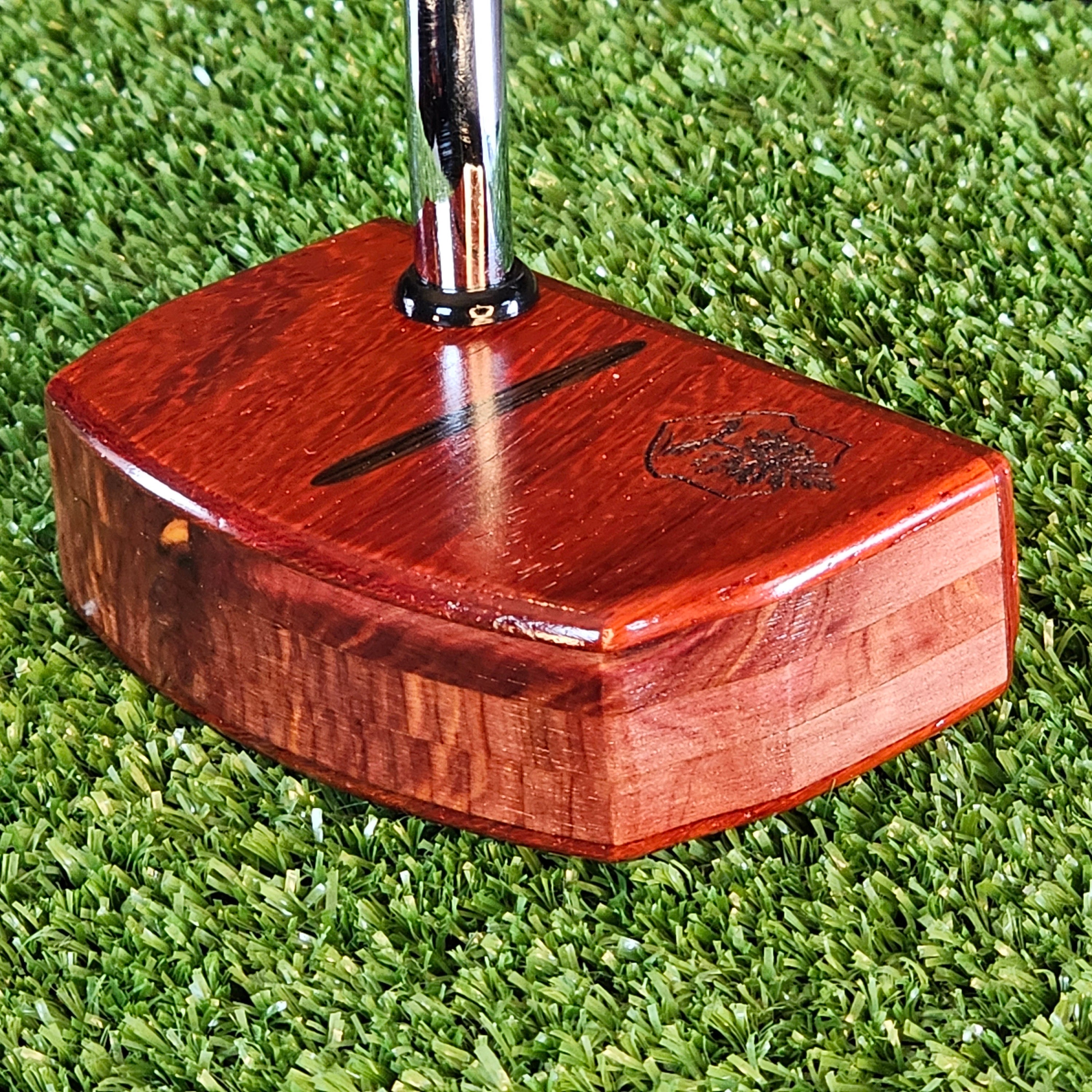Understanding slope ratings is essential for golfers looking to assess the difficulty of a course and strategize their play accordingly. A course's slope rating measures the relative challenge for a bogey golfer compared to a scratch golfer, providing a numerical value that helps players gauge how tough a course will play. This rating, typically ranging from 55 to 155, is assigned by the United States Golf Association (USGA) based on course length, hazards, green complexity, and other design factors.
The higher the slope rating, the more difficult the course plays for an average golfer. A course with a slope rating of 113 is considered to have standard difficulty, while anything significantly higher indicates a more challenging layout that demands precision, strategic shot selection, and better course management. Many golfers use slope ratings to adjust their expectations and game plan, selecting appropriate clubs and aiming for safer landing areas rather than attacking every pin aggressively.
For putting, slope plays a crucial role in green reading, as breaking putts require careful analysis of elevation changes and grain direction. Timber Touch Putterworks' expertly crafted wood putters provide a smooth, predictable roll, helping golfers adapt to varying slopes and undulations on the greens. Whether you're playing on a course with a mild or extreme slope rating, having a reliable putter ensures better distance control and accuracy when navigating the greens.



Share:
Types of grass used in courses in the USA
Tee Markers